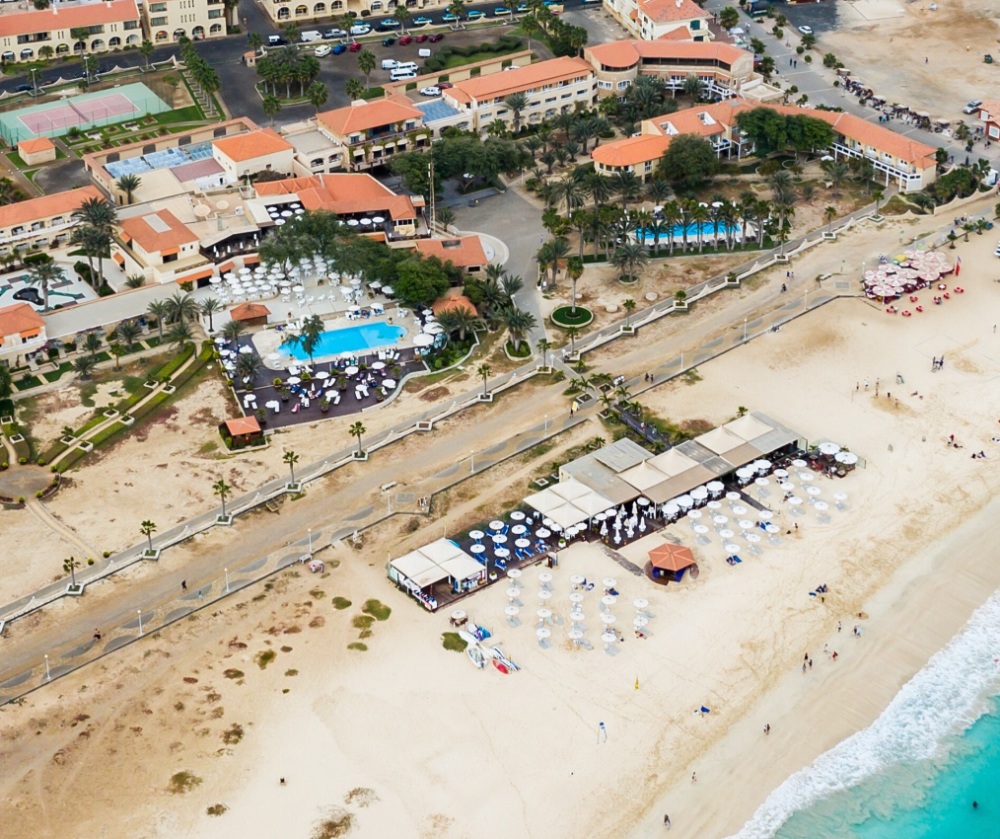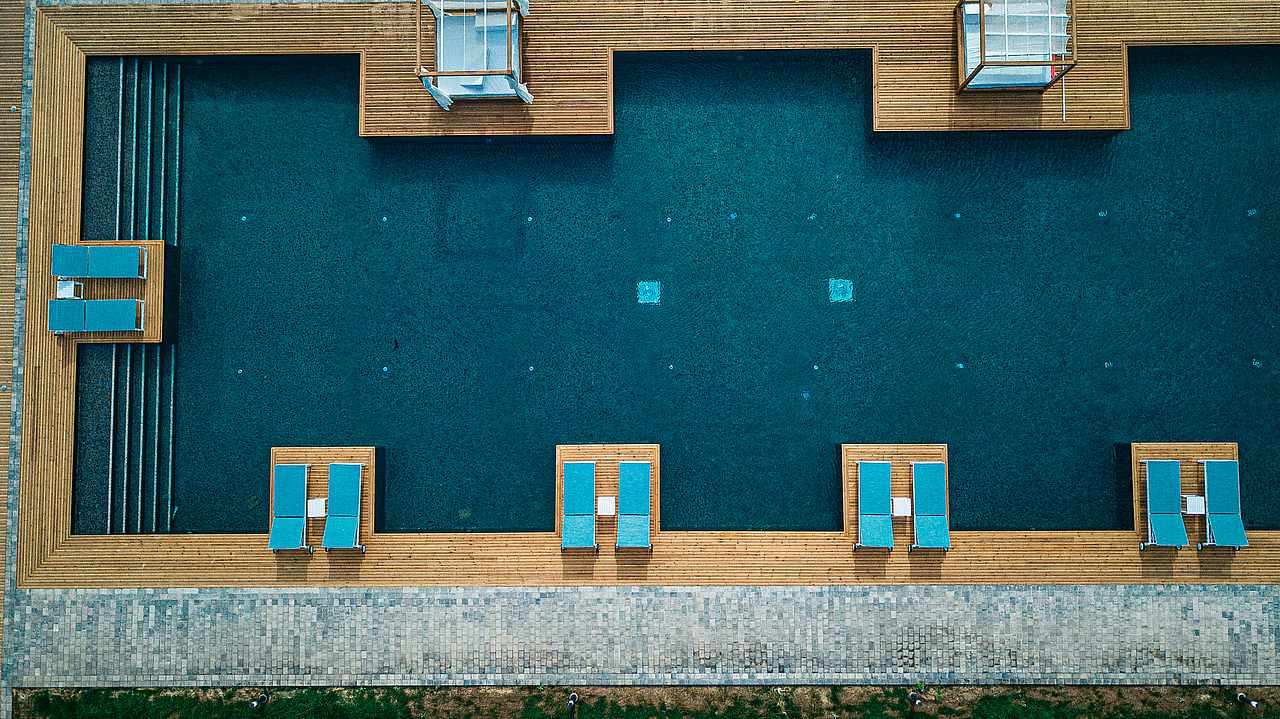Set in the warm waters of the mid-Atlantic, the Cape Verde Islands offer a unique and exhilarating diving experience. Blessed with year-round sunshine, clear blue seas, and a rich underwater world shaped by volcanic origins, this archipelago has become a favourite for divers seeking both adventure and tranquillity. From colourful reefs alive with tropical fish to dramatic caverns, volcanic walls, and fascinating wrecks, Cape Verde promises unforgettable moments beneath the waves. Encounters with turtles, rays, reef sharks, and playful dolphins are common, while the nutrient-rich currents attract an incredible variety of marine life rarely seen elsewhere in the Atlantic.
The best time to dive in Cape Verde is between April and November, when the sea is calmest, visibility can reach up to 30 metres, and water temperatures hover between 22°C and 27°C. Between March and June, there’s also the chance to witness migrating humpback whales, making for extraordinary encounters both underwater and at the surface.
As true specialists in luxury scuba diving holidays, we go far beyond standard packages. Our team of experts draws on years of first-hand experience to offer unbiased advice, ensuring you find the ideal island, resort, and dive centre for your style and skill level. Whether you’re seeking relaxed reef dives, drift diving in stronger currents, or advanced deep wreck explorations, we tailor your trip to provide world-class diving paired with the highest standards of safety, comfort, and service.
We work exclusively with premium resorts and professional dive operators who share our commitment to excellence. Every detail of your journey—from hand-picked accommodation and private transfers to personalised dive itineraries—is crafted to give you the best of Cape Verde both above and below the surface.
When you travel with us, you gain more than just a diving holiday; you gain a trusted partner dedicated to creating extraordinary experiences with expert support every step of the way. Let us guide you to the best dive spots in Cape Verde for an unforgettable luxury escape beneath the Atlantic waves.
Cape Verde is a country in West Africa that are comprised of a group of islands in the Atlantic Ocean, west of Senegal. In the days of slave trading, Cape Verde received its first occupants: West African slaves brought over to do the Portuguese colonists' dirty work. It also became a significant strategical stopping-point for America-bound slave ships from West Africa. Though the slave trade has long since come to an end, Cape Verde remains an important midway port. An increasing number of tourists, however, are discovering the joys that Cape Verde itself offers.
The main reason for visiting Cape Verde is to see the spectacular natural scenery; white sand beaches on the island of Sal, imposing volcanic peaks on Sao Nicolau and Fogo or verdant hillside and jungle on Santiago. Conditions in Cape Verde are excellent for a variety of watersports, particularly sailing and windsurfing. Most watersports activities are based on the island of Sal.
There are 25 diving sites on Sal and Cape Verde including wrecks at a depth of 10m. Fish include grouper, tuna and mackerel but shark are a rarity. Ribs take 10 to 12 divers each and can provide gentle drift dives in one knot of current. Night dives are made at most inshore locations. Plenty of reef fish and occasionally tuna and wahoo can be seen. Late summer brings mantas, morays, barracudas, nurse sharks and more rarely sand and tiger sharks, sting rays and small grouper. Whale shark are rare visitors.
Cape Verde is pleasant year-round. Even during the so-called rainy season from mid-August to mid-October, weeks can go by without a downpour. Thanks to cooling ocean currents and offshore winds, Cape Verde has the lowest temperatures of any country in West Africa, and also some of the most moderate, ranging from a minimum night-time average of 19°C in February to a maximum daytime average of 29°C from May to November. Summer temperatures, especially in the northern islands, can be cooler than in Europe, though the southern islands, especially Fogo, can get hot and sticky. From December to March you may need a sweater in the evenings, especially at higher altitudes. Winter months are also marked by gusty winds, which blow in dust all the way from the Sahara.




 Nassau
Nassau
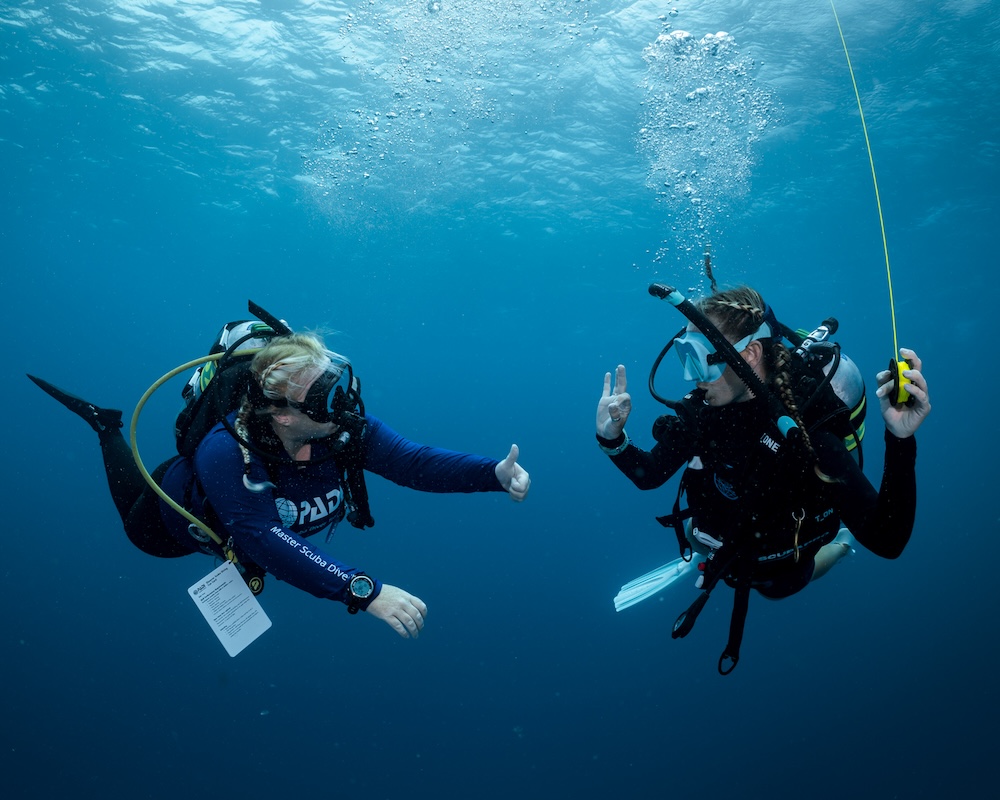
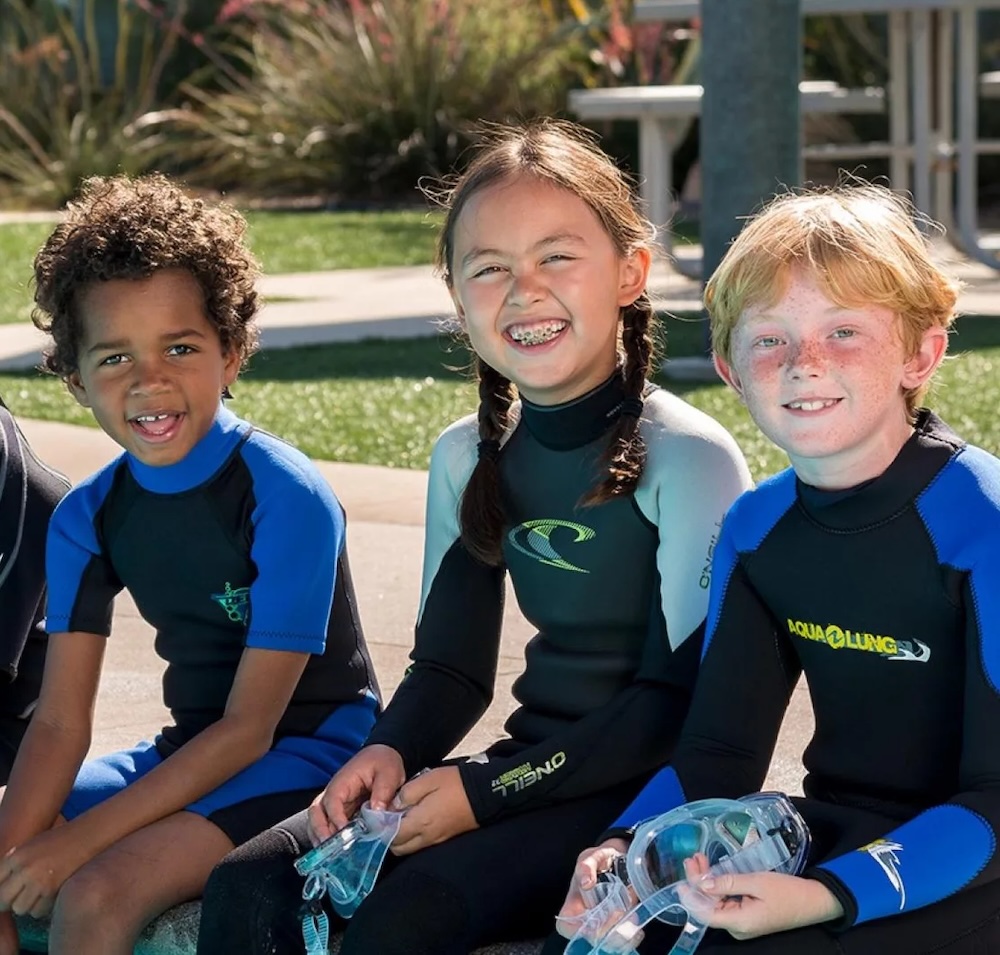
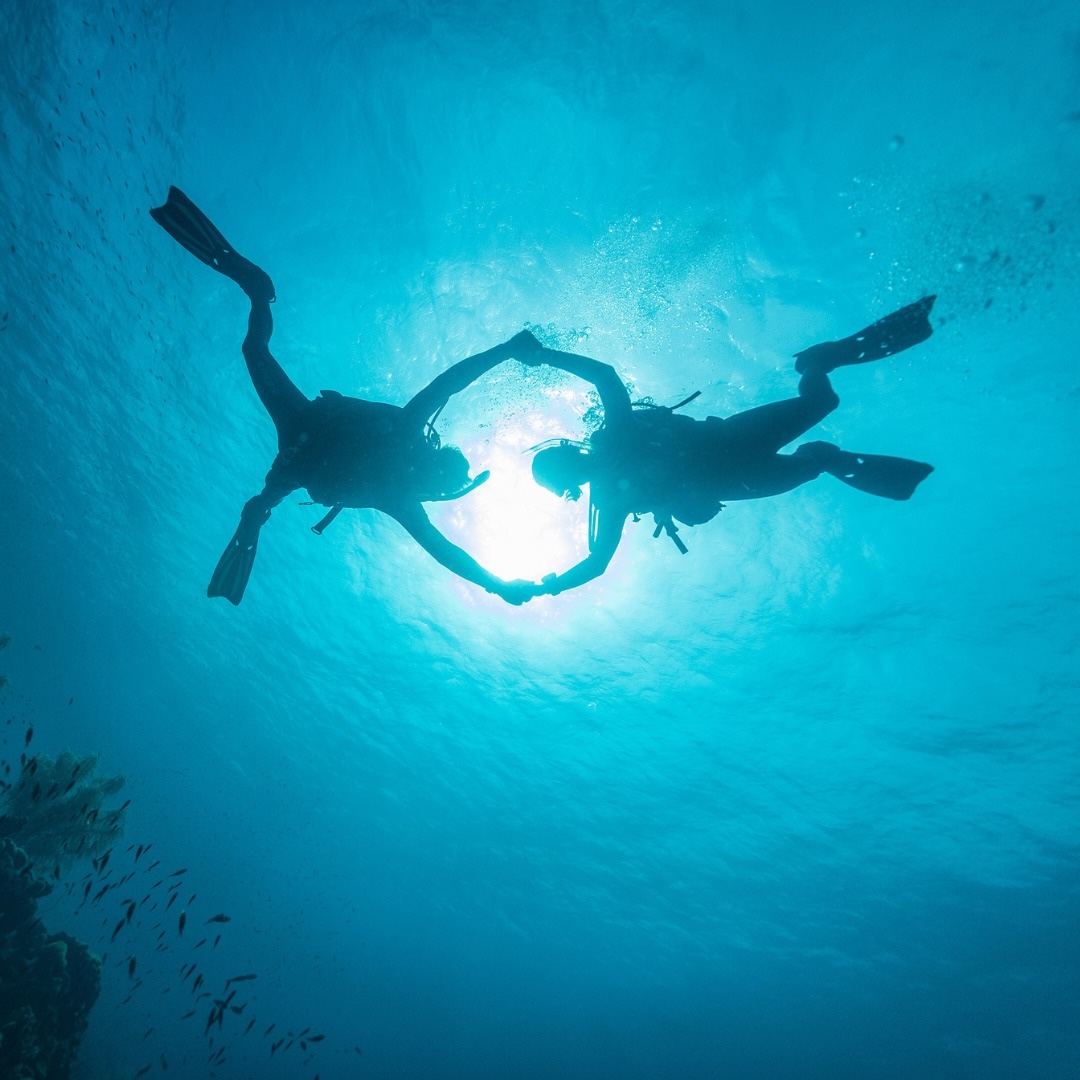
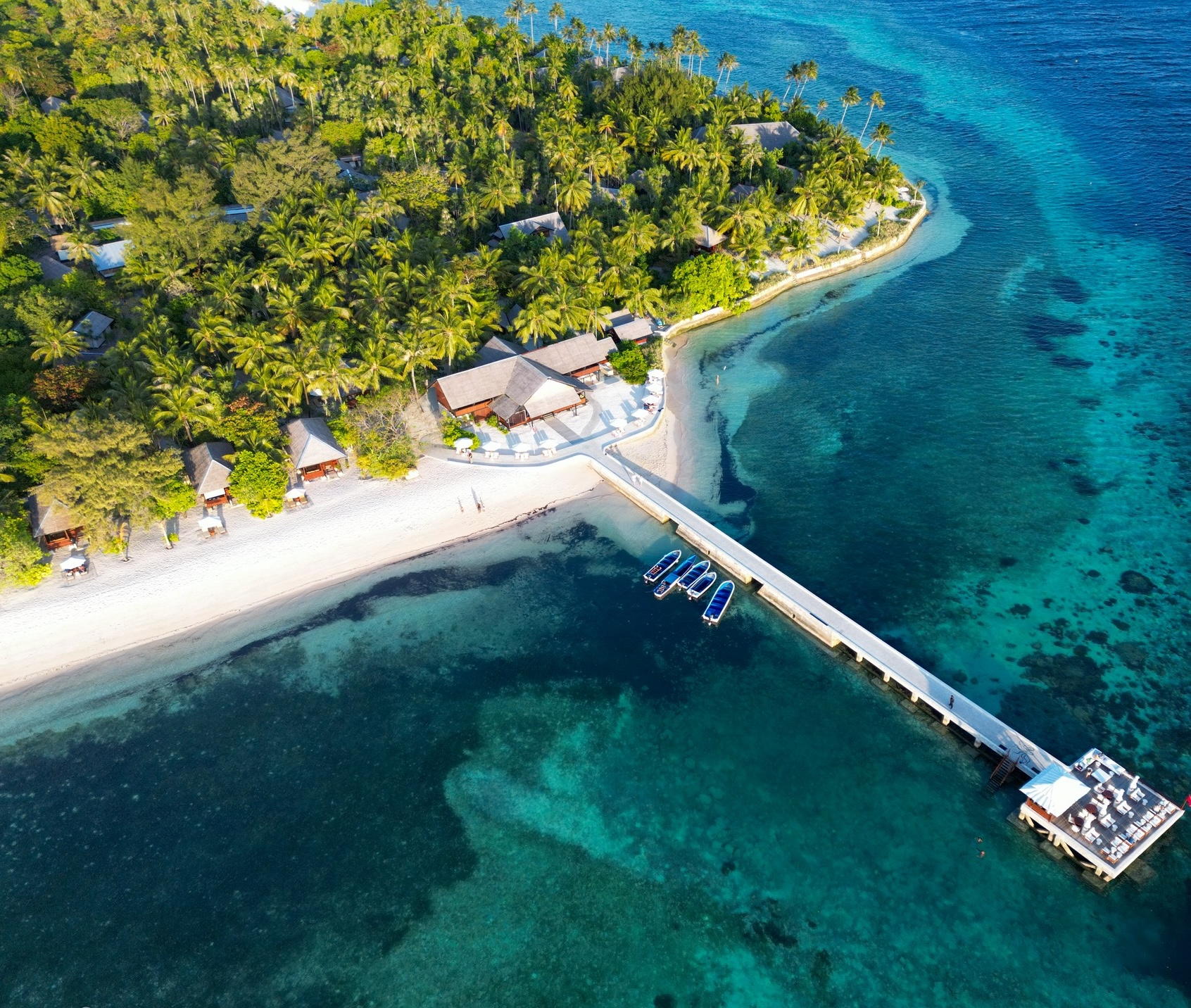
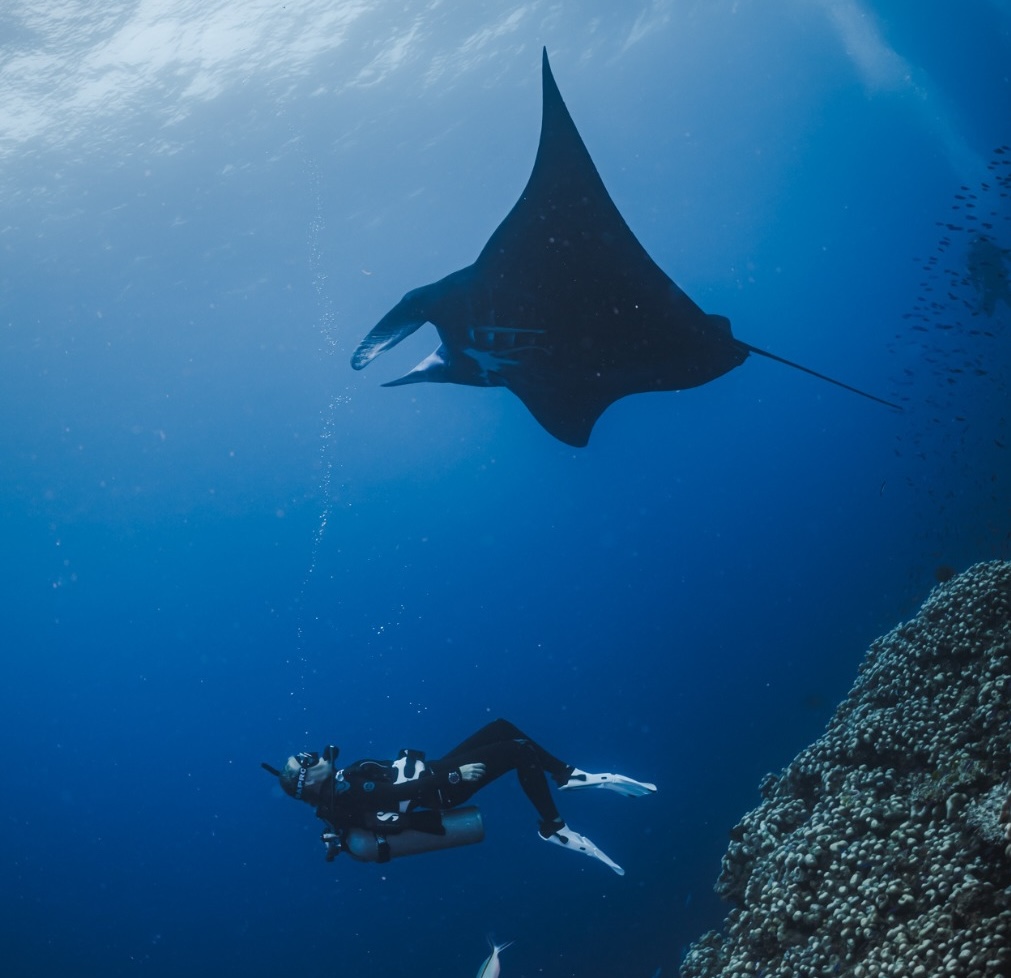
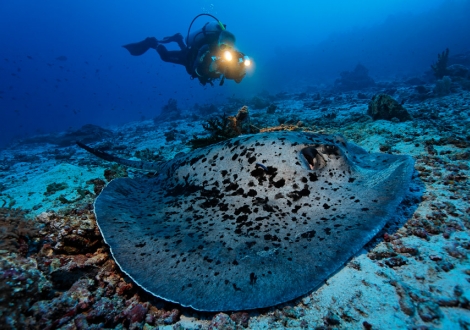

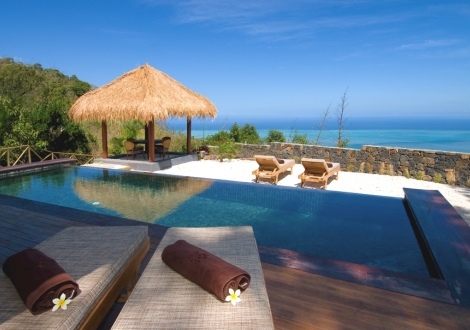
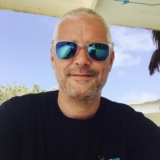

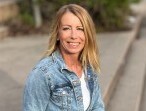

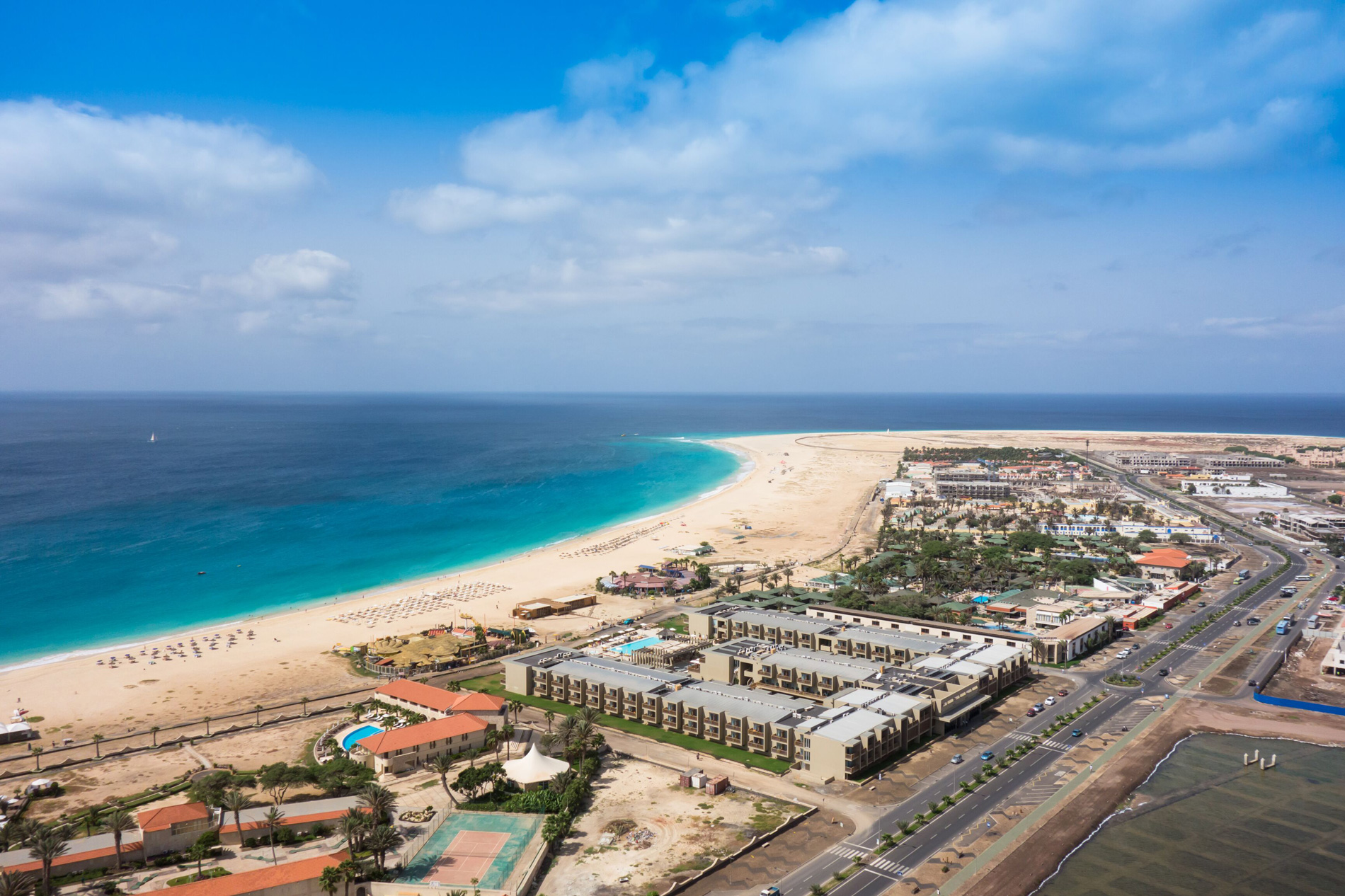
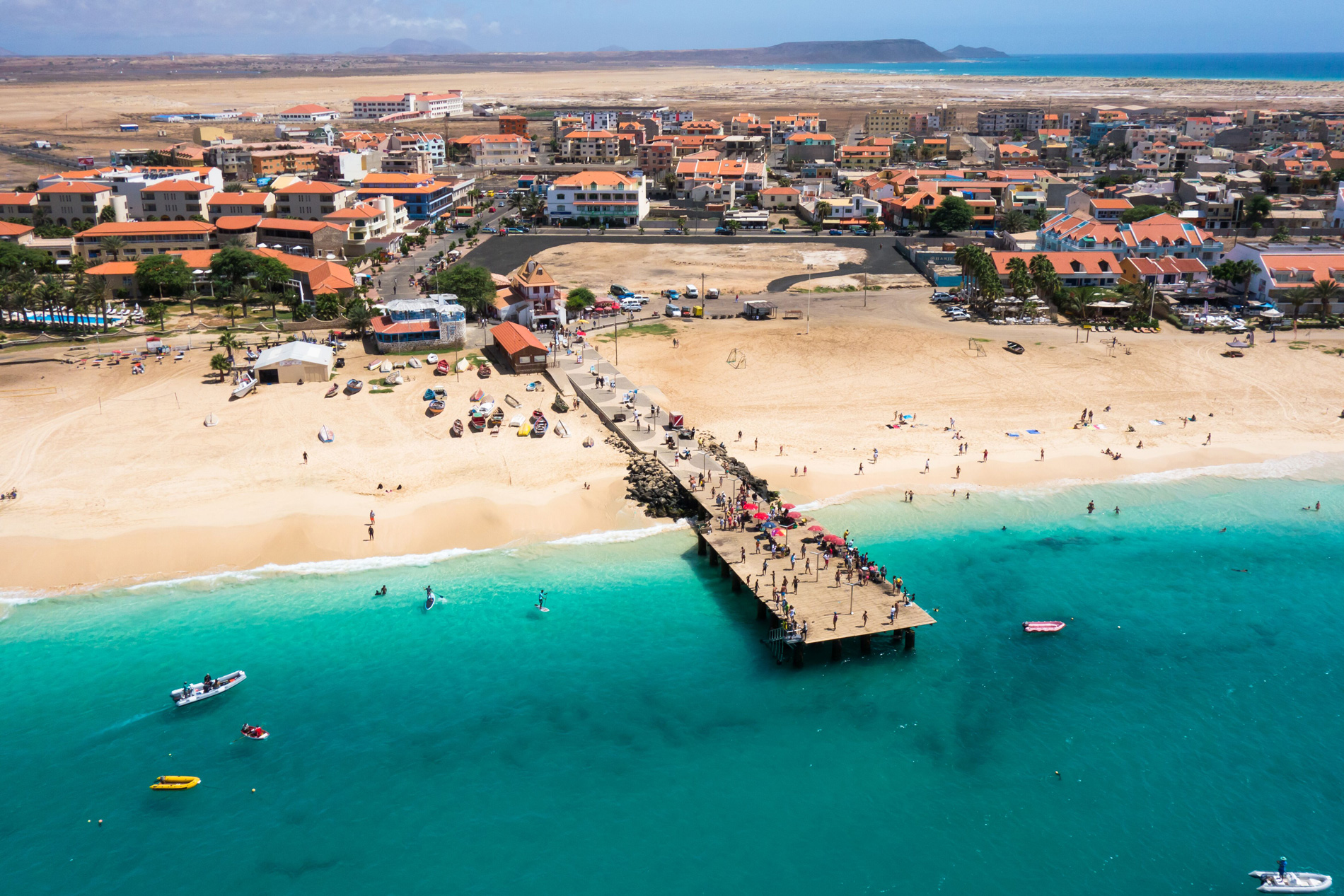
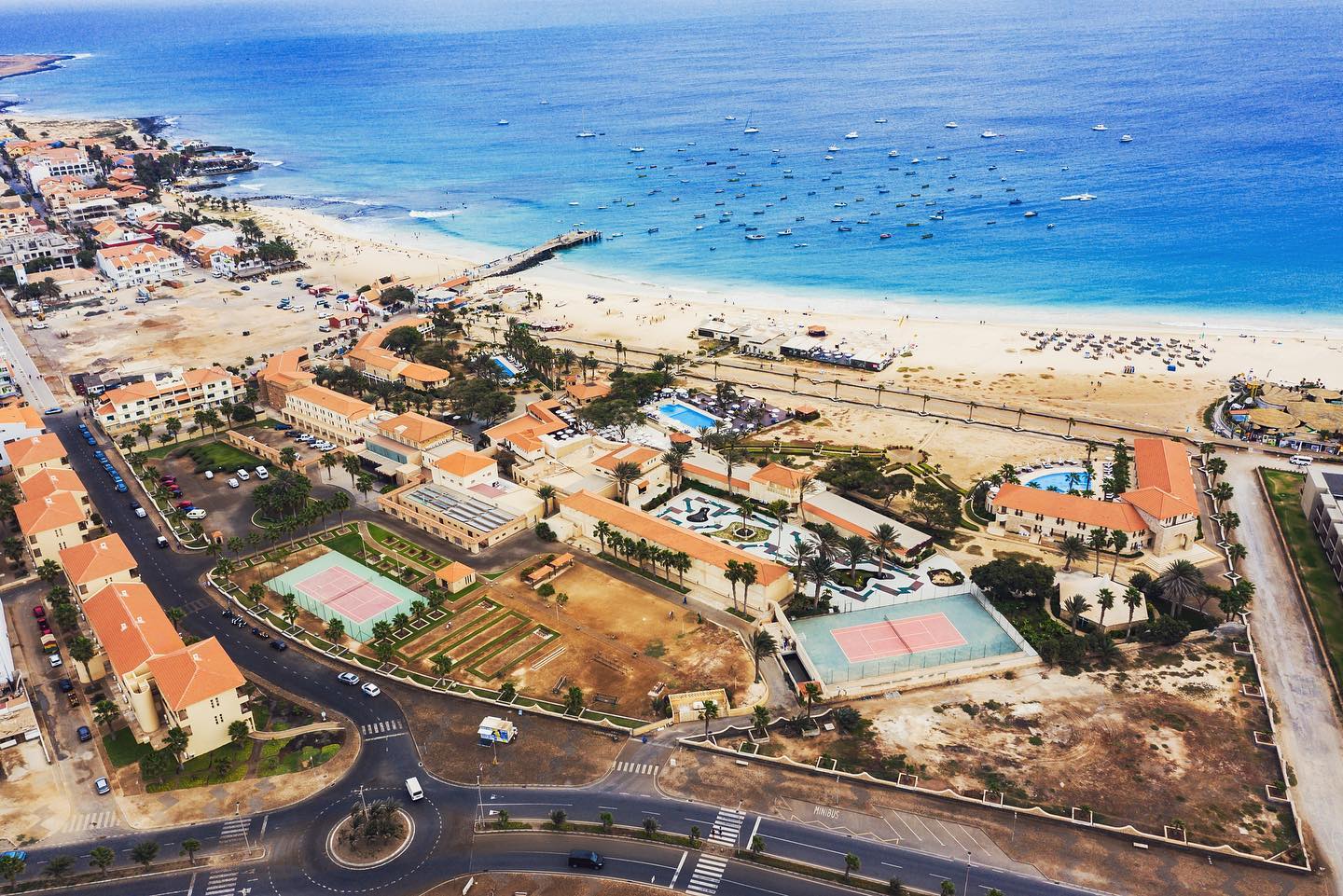

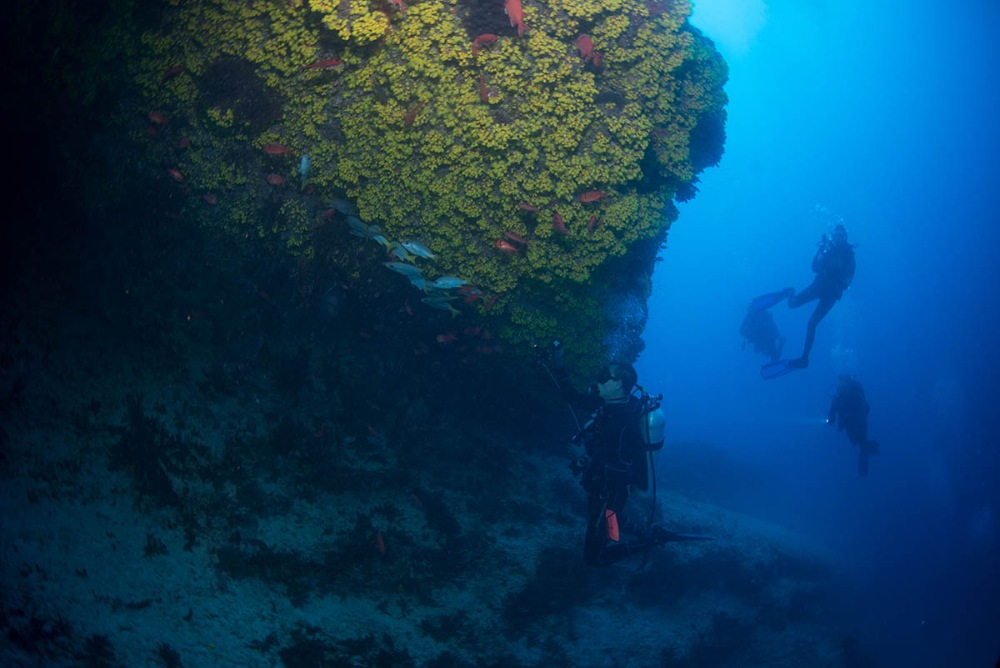

.png)
.png)
